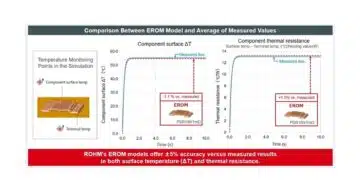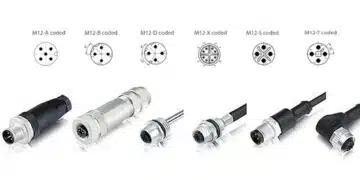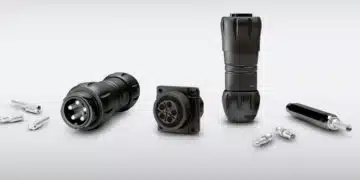source: Bourns news
RIVERSIDE, Calif., July 19, 2017 – Bourns, Inc., a leading manufacturer and supplier of electronic components, today announced it has added new AEC-Q200 certified high-temperature Polymer Positive Temperature Coefficient (PPTC) resettable fuses to its successful line of Multifuse® products.
Offered in 1206 and 1210 (3014 and 3024 metric) surface mount packages and featuring operating temperatures up to 125 °C, Bourns designed the miniature sized MF-NSHT and MF-USHT series as ideal circuit protection solutions for automotive systems, and to provide superior resettable fault protection for a new generation of high density boards in industrial, telecom and consumer electronics that also must operate in elevated temperatures.
The latest high-temperature Multifuse® models are based on Bourns’ freeXpansion™ technology, which is a space-saving manufacturing process that enables smaller surface mount package sizes and increased fuse performance with higher hold currents (Ihold), improved resistance stability and higher voltages (Vmax). The MF-NSHT and MF-USHT series provide higher hold currents at elevated temperatures with Ihold up to 0.50 Amps and post trip resistance as low as 1.6 Ohms.
“Many automotive systems, particularly in under-the-hood applications, must operate in extremely high ambient temperatures requiring electronic components to be able to withstand these harsh environment conditions. Bourns’ established experience in manufacturing high-temperature rated surface mount PPTC resettable fuses helps ensure reliable operation while also enabling designs to meet AEC-Q200 Rev-C stress test qualifications,” said Lee Bourns, Multifuse Product Line Manager at Bourns, Inc. “Our latest MF-NSHT and MF-USHT series give automotive and electronics designers new overcurrent protection options in addition to Bourns’ already popular high-temperature MF-PSHT, MF-SMHT, and MF-RHT products.”
Manufactured in a Bourns TS16949-approved facility, the Multifuse® Model MF-NSHT and MF-USHT series are available now, are RoHS compliant* and UL recognized for safety requirements.
*RoHS Directive 2002/95/EC Jan. 27, 2003 including annex and RoHS Recast 2011/65/EU June 8, 2011.
































